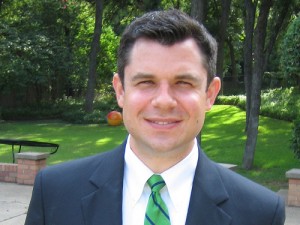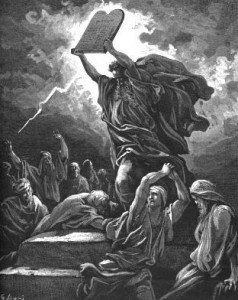 Q. What’s the other problem with my original question? Do you have an issue with my quoting of St Paul? He did say, after all, “you are not under law, but under grace” (Romans 6). That is sacred scripture, after all! To me, it clearly says that the 10 Commandments aren’t necessarily obligatory for Catholics.
Q. What’s the other problem with my original question? Do you have an issue with my quoting of St Paul? He did say, after all, “you are not under law, but under grace” (Romans 6). That is sacred scripture, after all! To me, it clearly says that the 10 Commandments aren’t necessarily obligatory for Catholics.
A. You’re taking Saint Paul’s statement out of context. I can make the Bible say anything I want it to, by plucking an individual verse out of its’ surrounding context – and context in many ways determines meaning. There’s an old saying among preachers – “A verse taken out of context becomes a pretext for a proof-text”. That’s just not good hermeneutics (biblical interpretation). If you actually go back and read the whole of Romans 6, you’ll find that Paul is emphatically NOT saying that because we live in New Covenant times that we don’t need to care if we sin or not. He writes, “Are we to continue in sin so that grace may abound? By no means! How can we who died to sin still live in it? Do you not know that all of us who have been baptized into Christ Jesus were baptized into his death? We were buried therefore with him in baptism into death, so that as Christ was raised from the dead by the glory of the Father, we too might walk in newness of life” (Romans 6:1-4). We died to sin through our baptism, which was like our “wedding’ to the divine bridegroom, Christ. To continue intentionally in a lifestyle of sin after baptism would be tantamount to committing adultery on one’s honeymoon.


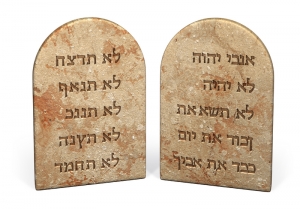 Q. Do we, as Catholics, still have to obey the Ten Commandments? After all, we’re not living in the Old Covenant age, but under the New Covenant of Jesus Christ. Even Saint Paul says, “you are not under law, but under grace” (Romans 6:14). And we know that Jesus will forgive us, even if we happen to break the commandments, right?
Q. Do we, as Catholics, still have to obey the Ten Commandments? After all, we’re not living in the Old Covenant age, but under the New Covenant of Jesus Christ. Even Saint Paul says, “you are not under law, but under grace” (Romans 6:14). And we know that Jesus will forgive us, even if we happen to break the commandments, right?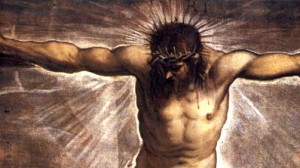 This Saturday I attended Mass at a different parish, where a priest I didn’t know made an arresting illustration in his homily.
This Saturday I attended Mass at a different parish, where a priest I didn’t know made an arresting illustration in his homily.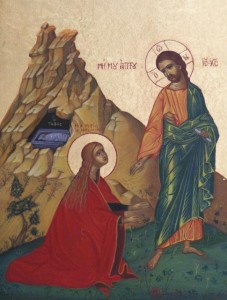 This is the feast day of St Mary Magdalene, dubbed “Apostle to the Apostles” because of her witness to the doubting (at the time) disciples of the Resurrection of Jesus. Today’s Gospel reading from John 20 reminds us of the initial encounter the Magdalene had with the risen Lord. This very account (along with the other Gospel accounts of women discovering the empty tomb) is a huge point in favor of the historicity of the Resurrection – without which, as St Paul reminds us in 1 Corinthians 15 – “our preaching is useless, and so is your faith”. The simple reason is that a woman’s testimony was considered unreliable – and hence, inadmissible – in a Jewish court of law in Jesus’ day (thankfully, things have changed).
This is the feast day of St Mary Magdalene, dubbed “Apostle to the Apostles” because of her witness to the doubting (at the time) disciples of the Resurrection of Jesus. Today’s Gospel reading from John 20 reminds us of the initial encounter the Magdalene had with the risen Lord. This very account (along with the other Gospel accounts of women discovering the empty tomb) is a huge point in favor of the historicity of the Resurrection – without which, as St Paul reminds us in 1 Corinthians 15 – “our preaching is useless, and so is your faith”. The simple reason is that a woman’s testimony was considered unreliable – and hence, inadmissible – in a Jewish court of law in Jesus’ day (thankfully, things have changed).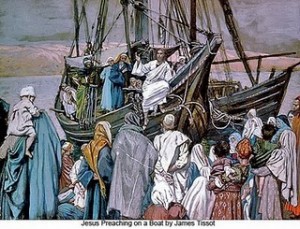 In today’s Gospel (Matt 13:1-9), Jesus, because of the massive crowds pressing in on him, has to get into a boat and push off into the water. That’s the only way he’s going to get them to listen – they are forced to stand on the seashore and hear the message of the Kingdom of God. In this case, it’s the quintessential Kingdom parable – the parable of the sower.
In today’s Gospel (Matt 13:1-9), Jesus, because of the massive crowds pressing in on him, has to get into a boat and push off into the water. That’s the only way he’s going to get them to listen – they are forced to stand on the seashore and hear the message of the Kingdom of God. In this case, it’s the quintessential Kingdom parable – the parable of the sower.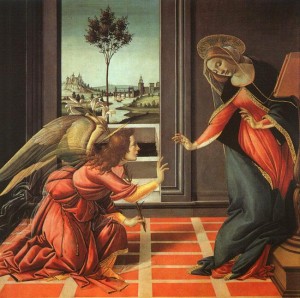 Today’s Gospel reading gives rise to a common non-Catholic assumption (pardon the pun) about Mary:
Today’s Gospel reading gives rise to a common non-Catholic assumption (pardon the pun) about Mary: The Catholic Register’s intrepid Sheila Dabu has written some front-page news about
The Catholic Register’s intrepid Sheila Dabu has written some front-page news about 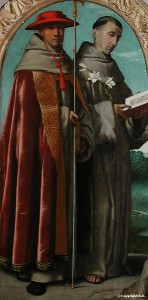 Yesterday was the feast day of St Bonaventure. Although much could be said about the Seraphic Doctor, I’d like to focus on this: he was a proponent of a fascinating apologetic, called the Kalam cosmological argument.
Yesterday was the feast day of St Bonaventure. Although much could be said about the Seraphic Doctor, I’d like to focus on this: he was a proponent of a fascinating apologetic, called the Kalam cosmological argument.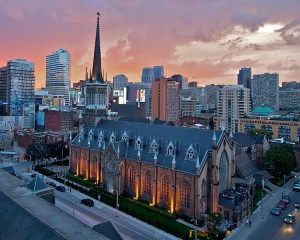 Neil McCarthy, the illustrious Public Relations Director here in the Archdiocese of Toronto, has posted an
Neil McCarthy, the illustrious Public Relations Director here in the Archdiocese of Toronto, has posted an